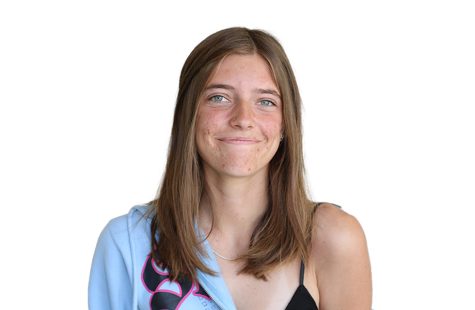
Twitter: @catherine_eik

Twitter username: @LopshireLucy
January 7, 2021
One of the largest issues among teenagers is dealing with acne, which is a disease of pilosebaceous units (PSUs), according to the U.S. Food and Drug Administration (FDA). There are many forms of acne; the most common ones are pimples, which are also known as pustules, papules, cysts, and nodules. Pustules and papules are usually smaller bumps that appear on someone’s face, while cysts or nodules are more prominent and deeper within the skin. Around 80% of people between the ages of 11 and 30 get acne outbreaks at some point in their lives.
Treatments to deal with these irritations promise fast and achievable results when advertised, but lack said results in reality.
“When I see [acne commercials], it makes me feel like I’m not taking care of my skin, so it makes me think, ‘If I use this treatment, will my skin get better?'” said Nicole Miranda, a sophomore. “Then, when I try [the treatment], it just makes it worse. So it’s just confusing; I want to try it, but can I trust it … will it actually work?”
Miranda has dealt with acne in the past; she noticed that acne treatment commercials create a sense of false hope. Some of the most commonly advertised acne brands include Neutrogena, Curology, and Proactive. These brands push varying treatments; Curology and Proactive have personalized monthly subscriptions that are priced around the same amount. While some people continue to pay for treatments, others listen to influencers such as Skin Care by Hyram, who educates those in need of treatment about what helps their skin.
Even with these resources, teens still have consistent and lasting struggles with acne. Although it is a common issue, acne is still considered to be an unattractive trait.
“The media has definitely blown acne out of proportion,” said Kaitlyn White, a sophomore in Visalia Unified School District. “If you really think about it, step away from all of those negative attitudes towards it … what’s really sad about acne is that it’s natural, especially for all of us in high school to have it. So, it makes me kind of sad because of how negative it is.”
White has managed her acne since it first began in middle school, and her skin has cleared up since then. Having gone through the same struggles as many others, White has advised her peers too.
“Try to get comfortable with yourself and how it [acne] looks; self-gratification is like a wall that no one can smash down,” White said.

